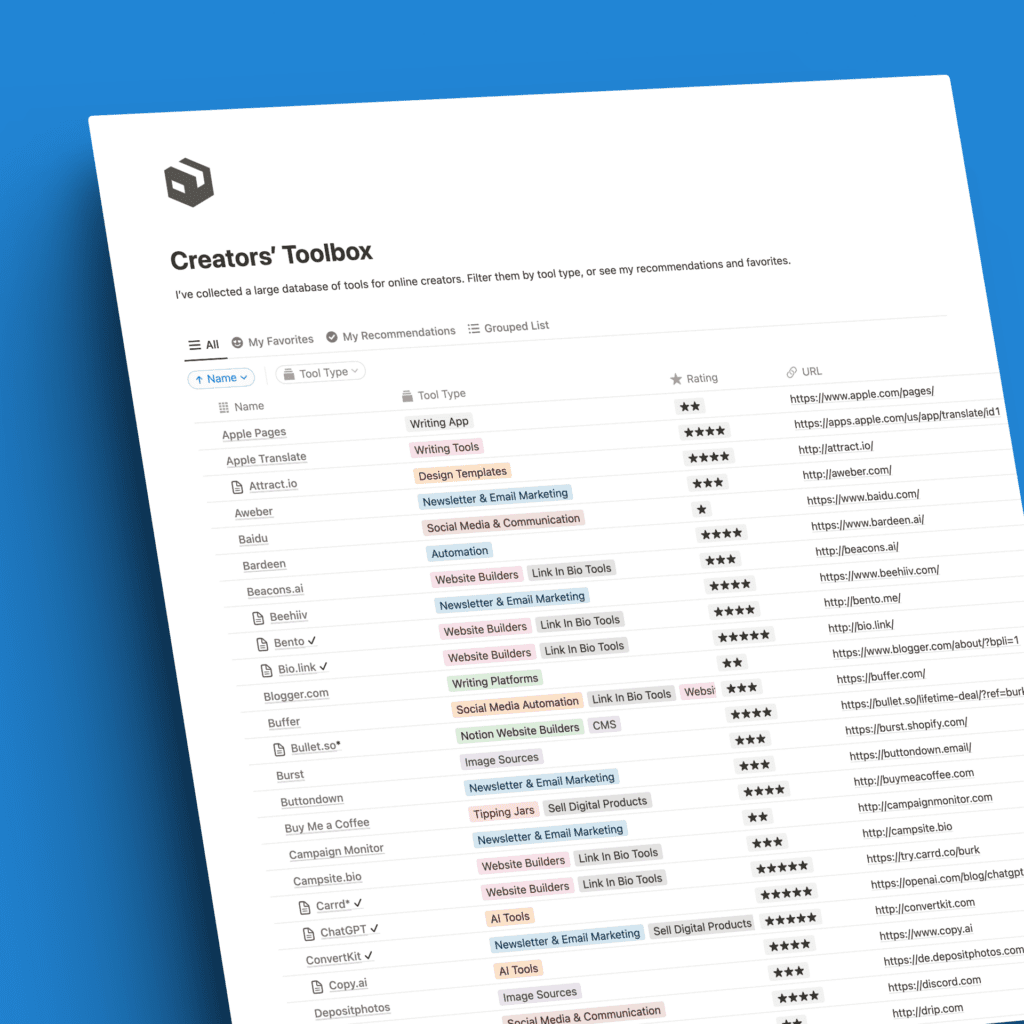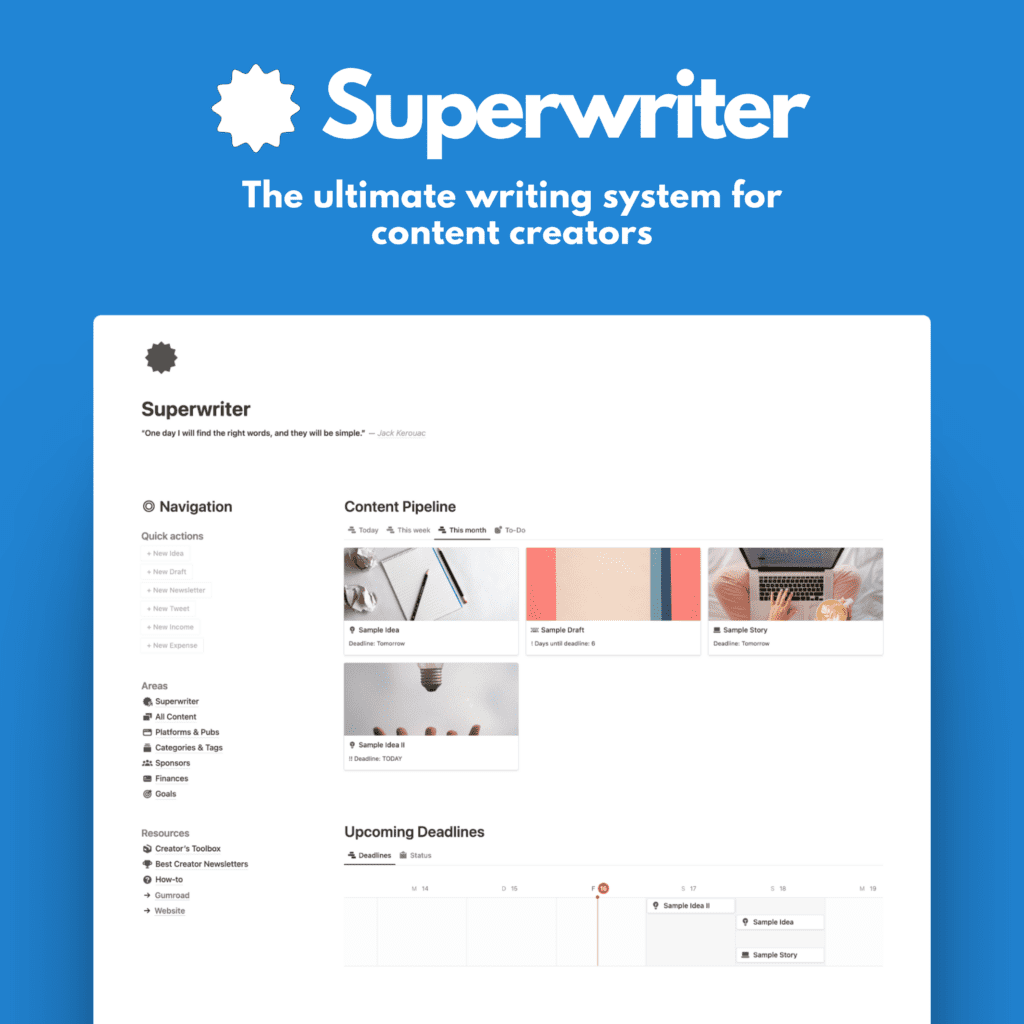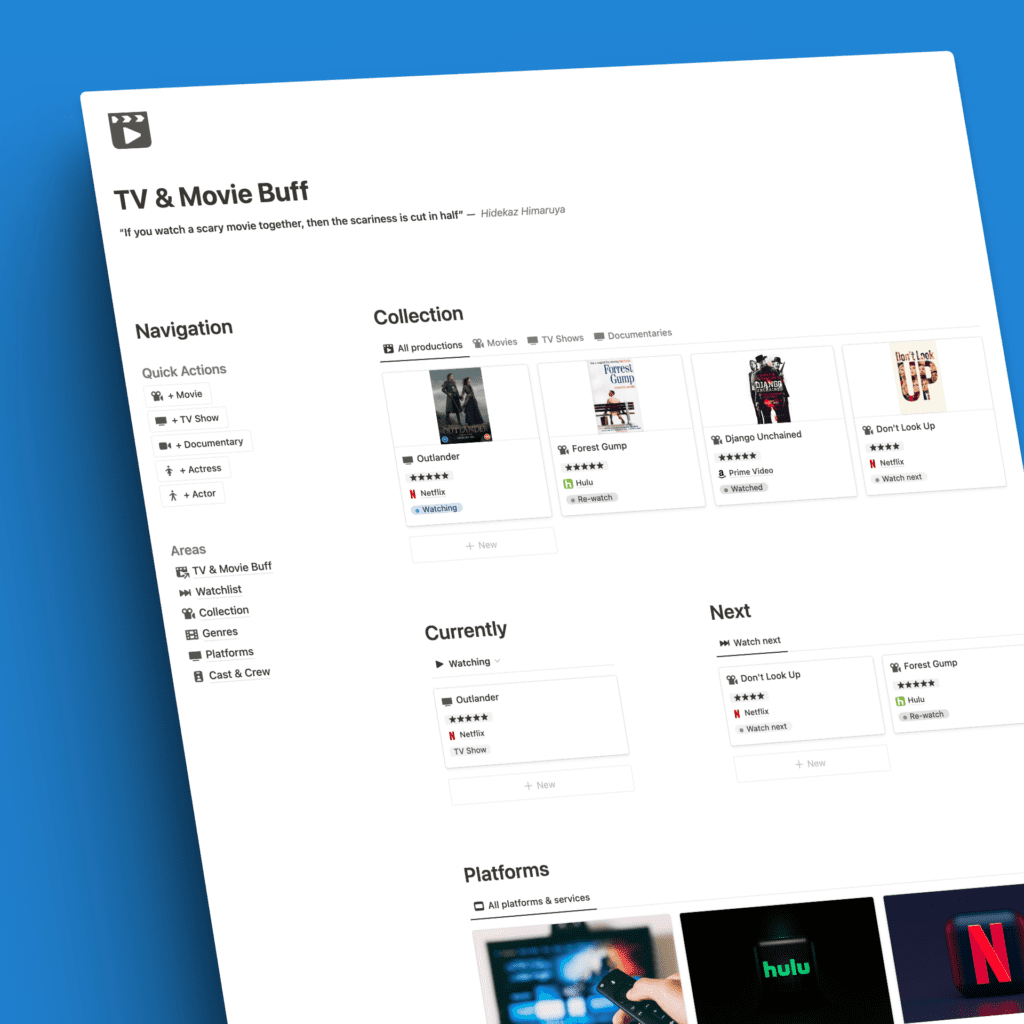Nutrition science is a mess, basically. A scientific discipline that is riddled with debates, obscurities, ambiguities, myths, and false positives. I used to entertain the idea of studying nutrition. I am glad, I didn’t. It’s extremely interesting, yet outrageously misleading and corrupted.
What’s the mess
Nutritional knowledge vs. health
Basic nutritional knowledge keeps us from dying. That’s a fact. Many of the known deficiencies that occur through inadequate diet lead to death. Or deadly disease.
What we seem to deduce from this, however, is that consuming all of these necessary nutritional elements is healthy by default. But “not dying” does not equal “being healthy”.
What is healthy?
So, what is healthy then? Well, that’s the million-dollar question. And I firmly believe that — despite every major nutritional organization telling us so — we still don’t know the answer to that. Not completely.
If we did, people who eat “healthy” wouldn’t die of diseases related to food. But they do, don’t they? Again, we don’t know because this statement in and of itself is flawed. It relies on the assumption that we “know” what food-related diseases are. But do we? Do we really?
In some cases, the answer is “yes”. Nutritional science has established numerous mechanisms in the human body that will lead to disease when broken or hindered. Vitamin A deficiency leads to blindness, for example. Iron deficiency leads to anemia.
Science has been less successful in studying and treating the “big” diseases, however. Cancer, heart disease, stroke, Alzheimer’s, diabetes. They’re still like a riddle. I exaggerate, of course. Science has come up with a tremendous amount of answers. Just not the one thing, we all need: a cure. Or highly effective prevention.
Experimental shortcomings
To discover relations between health and food, we need proper experimentation. That’s what nutritional science is trying to do. But scientists face numerous problems.
First of all, nutritional studies — proper experimental studies in form of randomized clinical trials — are expensive. Crazy expensive. As are other forms of nutritional studies.
So, who’s paying for these studies? Often the answer is food companies. Big corporations that produce certain foods. The problem here is a conflict of interest. What food company wants to sponsor a study with millions of dollars, only to have this study found their product to be unhealthy or worse. None, I would assume.
Yet major research studies that established “ground-breaking” discoveries have been sponsored by Pepsi or Coca-Cola, by Nestlé or Cargill. By the dairy industry or sugar industry, by the meat or soy industry, or even by big pharma. What does this mean for the studies? It might not mean anything… or it means everything.
Secondly, clinical trials on human beings pose other problems. Experiments need to be highly controlled, i.e. happen in a strictly controlled environment over an adequate amount of time.
But we can’t lock up a bunch of people to experiment on them. Like lab rats.
So, how meaningful are less controlled studies, the ones scientist are ethically allowed to do. Well, at least less meaningful than a highly controlled experiment would have been.
The last resort of nutritional “science”
What does modern nutritional science mainly rely on to yield results? A form of scientific methodology that’s called epidemiology. Wikipedia describes epidemiology as follows:
Epidemiology is the study and analysis of the distribution (who, when, and where), patterns and determinantsof health and disease conditions in defined populations.
In other words, epidemiology is not an experimental type of study. It’s the observational type. Scientists take a look at a large group of people — either by conducting a self-report study with questionnaires or by looking at defined population groups and certain relations over a period of time.
Advantages of this type of research are lower costs and a variety of markers to study simultaneously. Looking at defined populations, in particular, seems to yield a majority of the most famous findings.
The downside of epidemiology
It’s just not accurate! Originally, epidemiology was supposed to generate hypotheses to later test in experimental studies. It was never supposed to directly prove anything. It can’t prove causality. It can only establish a connection between two variables, like meat and heart disease— whether it’s a causal relationship or a coincidental one remains unknown until properly tested in a controlled experimental trial. Unfortunately, these trials rarely happen. But if they do, it’s even worse.
Dr. John Ioannidis knows this. In a paper concerning various fields of medical research, not just nutrition, he found that 80% of non-randomized studies (in our case epidemiology) turned out to be wrong when tested in proper experimental trials.
80 freaking percent! That means, a coin-toss is more accurate. Imagine a condom company leading with the slogan: You’ll be safe… 20% of the time.
What does this mean for dietary advice
Many of the epidemiological findings led to amazing headlines in newspapers and even medical journals. It’s like clickbait.
The WHO (world health organization) and one of their research groups IARC (International Agency for Research on Cancer) concluded in a 2015 overview that meat, especially processed and red meat, is associated with various types of cancer. Mainly colorectal, but also pancreatic cancer and prostate cancer.
To conclude this, IARC relied on epidemiology studies that unveiled a relation between cancer and meat consumption. Mind my earlier remark that it’s yet to be determined whether this relation is causal or coincidental. Furthermore, the risk rates were 17% for red meat and 18% for processed meat. It sounds like a good percentage. Unless you put it into context. I won’t bother you with the definition of relative and absolute risk here. The aforementioned numbers were relative risks.
Risk numbers in context
Let’s turn to the context: One of the success stories of epidemiology is smoking. Studies found that smoking increases the risk of developing lung cancer. Yea, epidemiology is responsible for this amazing achievement. But let’s take a look at the risk numbers in that case. People who smoke have a 15 to 30 times higher chance of developing and dying from lung cancer. In percent, that is 1500% to 3000%. Not 17% and 18% like with meat and cancer. Do you see the difference in these findings?
And mind you, even at levels of 1500% to 3000%, it’s still epidemiology. It still can’t prove causality. By that logic, it’s not proven that smoking leads to lung cancer. But it is much more likely. 1500% to 3000% more likely.
Statistically speaking, according to the Bradford-Hill criteria “strength of association”, any risk number below 200 — so a 2-fold increase or 200% relative risk — is not even worth considering as a causal link, but is likely due to confounding factors or bias. Again, meat and cancer have risk values of 17% and 18%.
And yet, the WHO and IARC included red meat with 17% as a type 2A carcinogen (probably carcinogenic to humans) and processed meat with 18% as a type 1 carcinogen (carcinogenic to humans, smoking is type 1 as well).
The problem with dietary advice
To make something clear — a disclaimer if you will — I don’t advocate for or against any particular form of eating or dieting here. I am not a health professional. I don’t want to bash the WHO and IARC here either. These numbers might be true, or even causal.
The question I ask myself is: Why do physicians, doctors, nutritionists, and dieticians use these findings as if they were proven concepts? Why does the WHO present them like they were? When, in fact, they are not.
Is it because we don’t have anything else. There’s only one other thing for health professionals to say: We don’t know.
Not reassuring but it might be the right answer. Because really, we don’t know what foods cause cancer. Or many of the leading diseases. Hell, they might not even be related to food at all. Don’t quote me on that, please.
Closing thoughts
Sure, this was only one example. But if you dig a little deeper, read more articles, watch videos, or even examine studies yourself, you will find numerous cases like this. Nutritional science is heavily relying on observational studies and epidemiology. And that’s not good. I don’t want to rely on something that’s wrong 80% of the time. Not even if it weren’t life and death decisions. Would you?
P.S.: First of all, you should get my posts in your inbox. Do that here!
Secondly, if you like to experience Medium yourself, consider supporting me and thousands of other writers by signing up for a membership. It only costs $5 per month, it supports us, writers, greatly, and you have the chance to make money with your writing as well. When I started, I made $3000 in 6 months. By signing up with this link, you’ll support me directly with a portion of your fee, it won’t cost you more. If you do so, thank you a million times!








